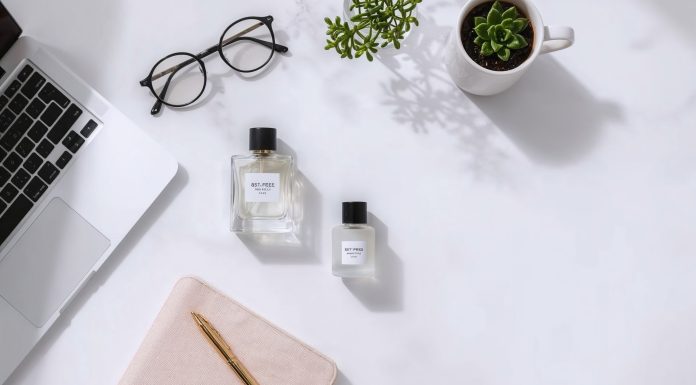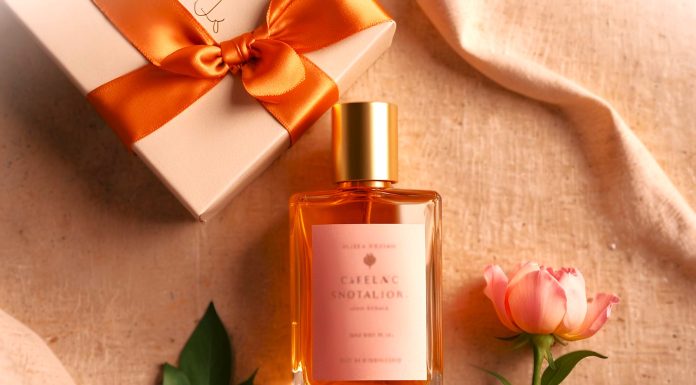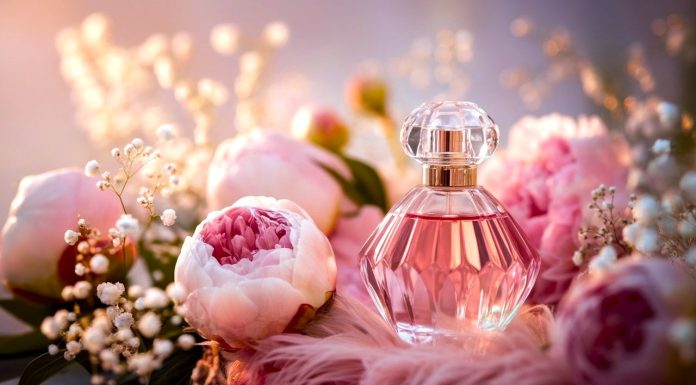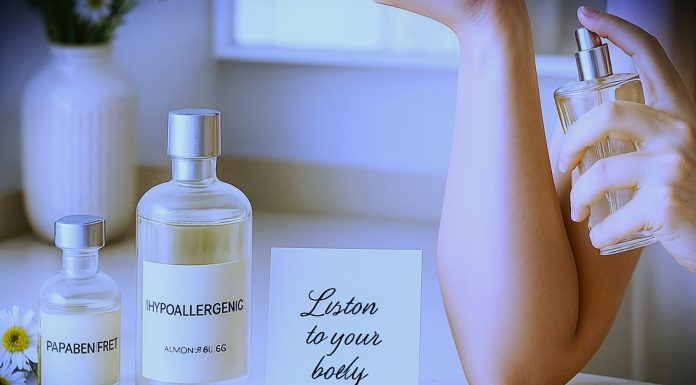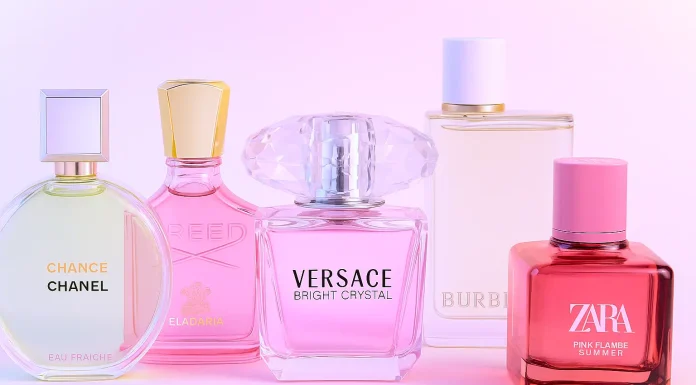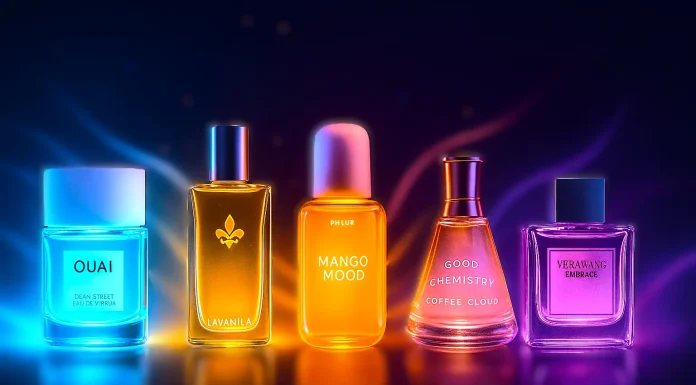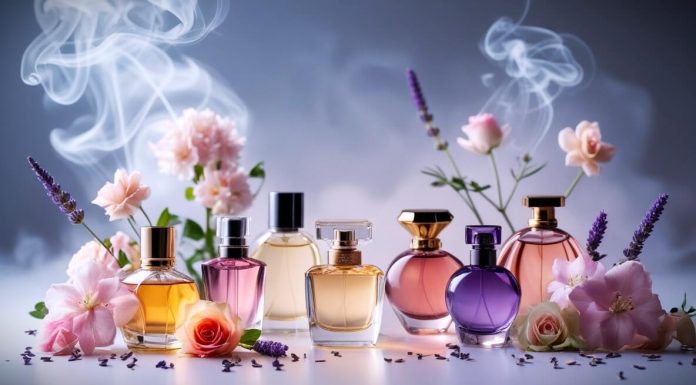Best Perfume for Office Wear
Finding the best perfume for office wear can elevate your professional image while keeping you comfortable and confident. In a...
How to Choose a Perfume as a Gift
Giving fragrance can feel high-stakes-but it doesn’t have to be. Here’s a streamlined way to pick a...
Most Popular Perfume Brands
The world of fragrance is booming. By 2024, the global perfume market reached an astonishing $56.6 billion in value. Naturally, many...
Perfume for Sensitive Skin
Did you know up to 30% of American adults report some fragrance sensitivity? If every spritz of perfume makes your eyes...
Best Summer Perfumes for Women
The right summer fragrance can feel like a sunny getaway in a bottle. A crisp spritz of the best...
Best Affordable Perfumes for Women
Every woman deserves the best affordable perfumes for women that smell luxurious without a sky-high price tag. High-end...
Top-Rated Perfumes for Teenagers
The teenage fragrance market is booming - 83% of Gen Z now use perfume regularly. With teen boys alone upping their...
How to Make Perfume at Home
Did you know? The global perfume industry is valued at over $60 billion as of 2025. Yet many fragrance...
Perfume
Perfume is more than a pleasant scent – it is a blend of art, chemistry, and personal expression. Perfume comes from the Latin per...
